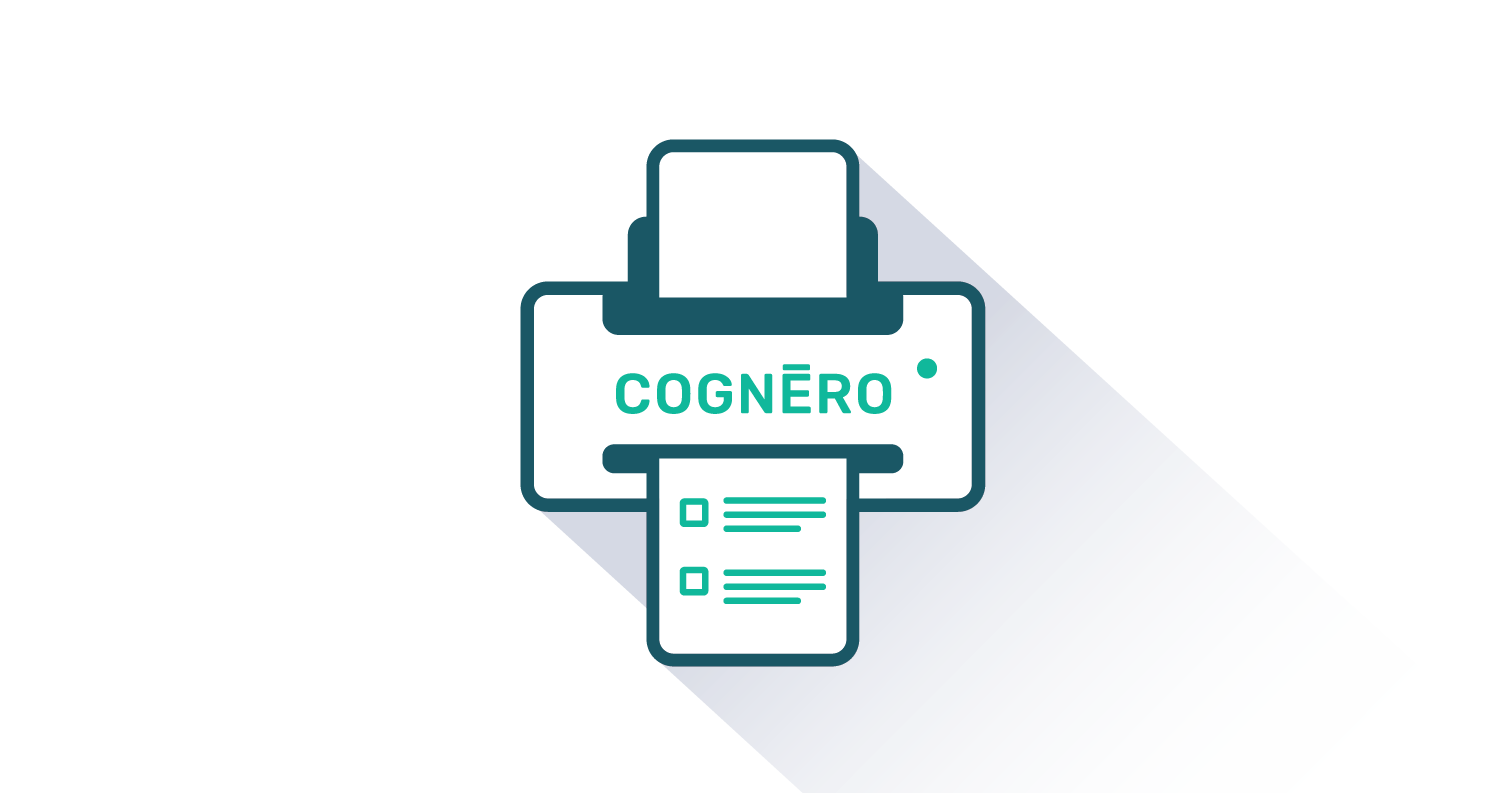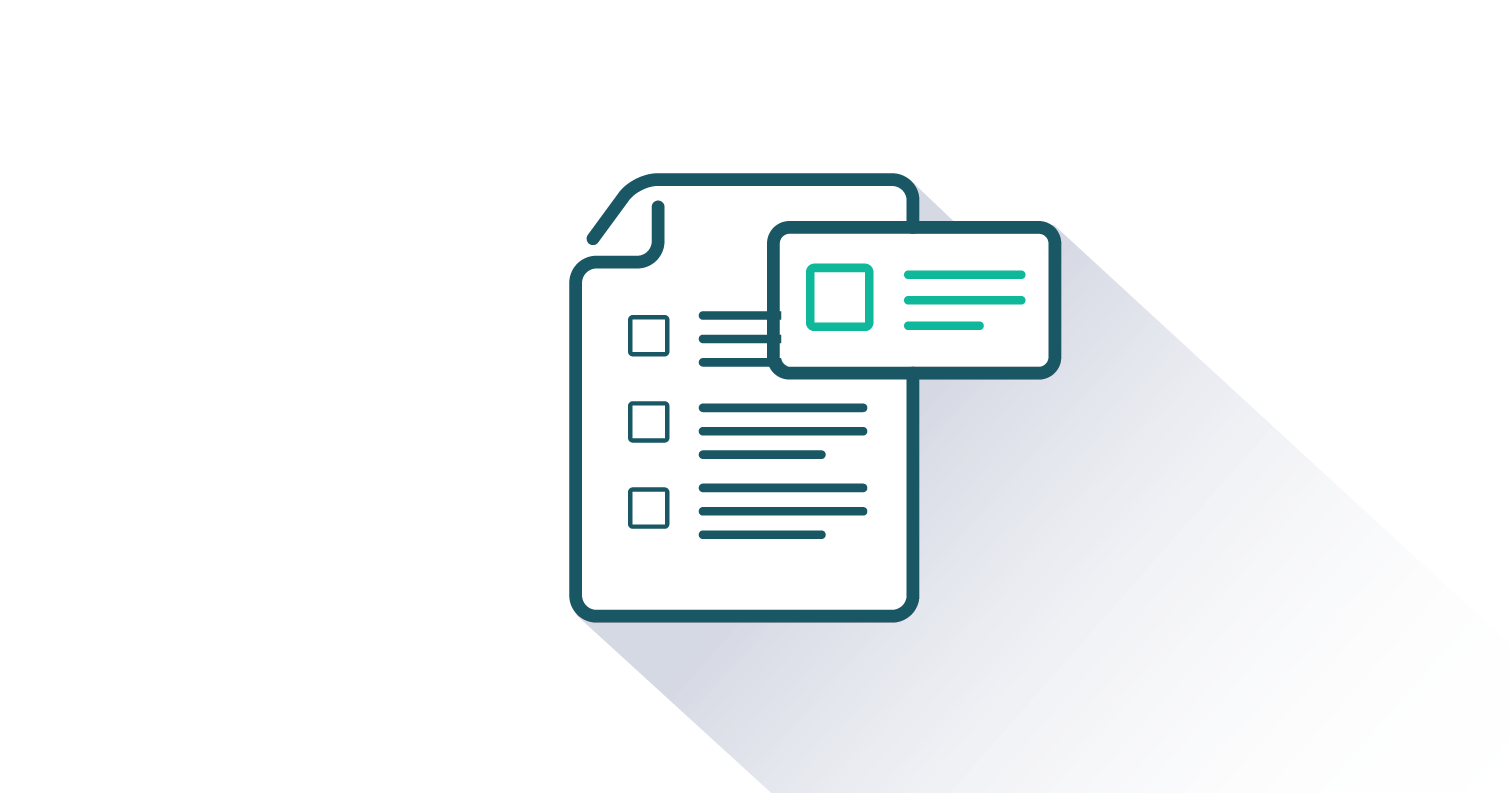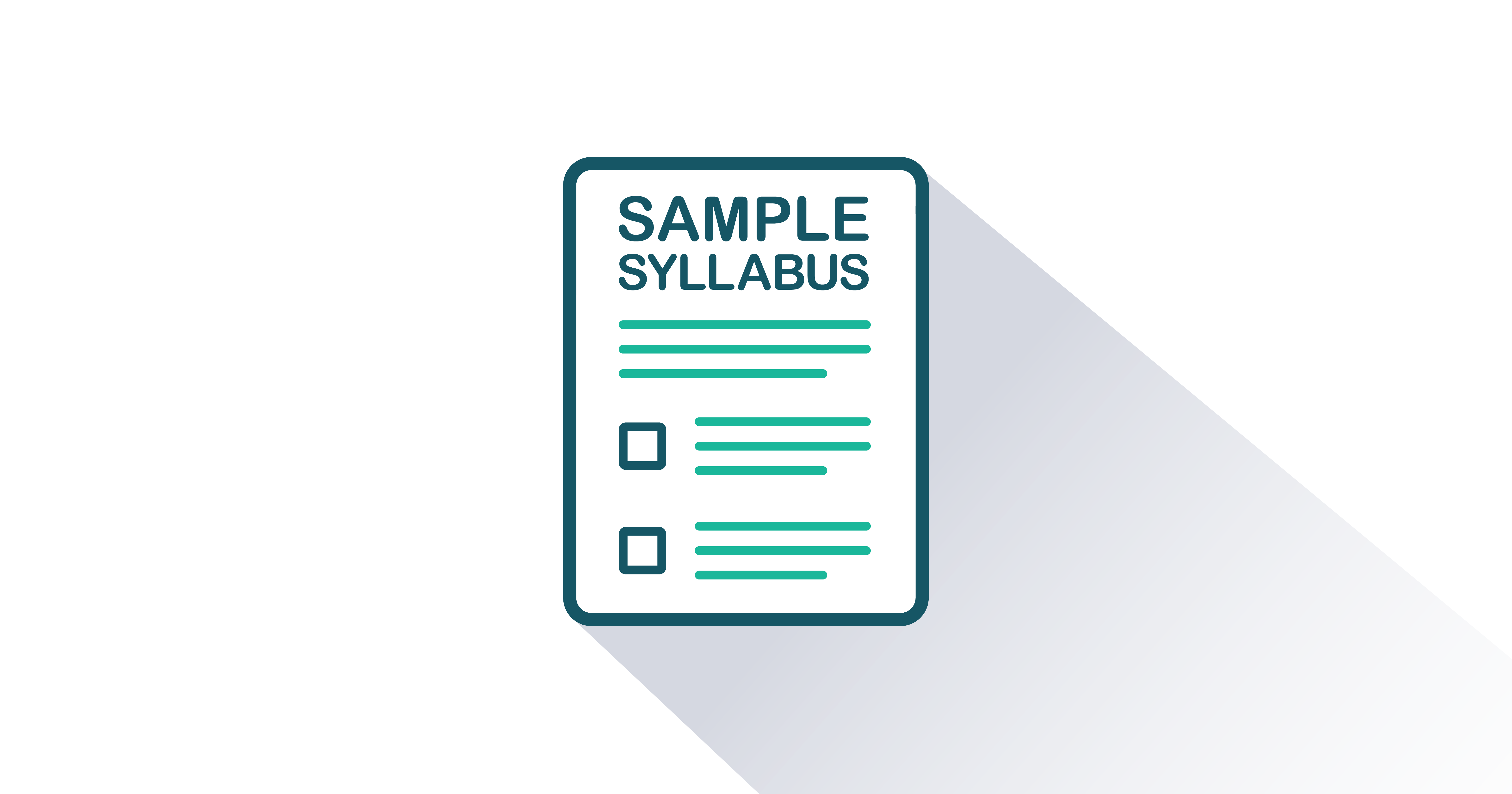- Published
- December 2021
- Page Count
- 300
- ISBN (Digital)
- 978-1-4533-9696-4
Accounting Information Systems: Thinking, Development, and Evaluation



Version 1.0
By Robyn L. Raschke and John A. Schatzel
Included Supplements
Key Features
- Thematic Structure. Consistently employs three interconnected themes to structure the narrative: the user, design, and control. The user perspective introduces basic AIS components and how information is leveraged by accountants to make decisions. The design perspective reveals the importance of considering design and implementation issues in the context of ever-changing business and regulatory environments. The control perspective underscores how to recognize and minimize threats to an AIS.
- Real-World Applications. Scenarios such as Joe’s Ristoranté (Chapter 1) or Robotic Medical Systems (an Exercise in Chapter 13) place associated discussions and documents into real-world contexts. Several embedded videos in each chapter bring concepts alive with examples such as “Referential Integrity in Microsoft Access” (Section 7.1), “Implementation Challenges: Change Management” (Section 8.4), or “Ransomware: Cybersecurity for Small Business” (Section 10.3).
- Big Data, Data Analytic Cycle, Data Culture, and Data Governance. Employs the “Data Analytic Cycle” to organize data analytics discussions, database storage descriptions, and query topics. The Data Analytic Cycle explains how information is stored, extracted, prepared, and analyzed in order to meet different objectives. Unique discussions of the roles of an organization’s data culture and data governance provide unusually strong insights into maturing data analytics processes. (Chapter 3)
- Emerging Technologies. Highlights emerging technologies that impact AIS and accounting such as distributed file systems, blockchain, smart contracts, robotic process automation, artificial intelligence, and machine learning. Piques students’ curiosity about AIS capabilities and prepares them to meaningfully participate in organizational decision making. (Chapter 4)
- Critical Thinking Skills. Students learn how to think beyond a simple understanding of general ledger software. Instead, they are encouraged to think of an AIS as a tool for decision making. Many headings are phrased in the form of questions to prompt critical analysis.
- Flexible Design Approach. Emphasizes that an AIS needs to go beyond traditional financial reporting and consider non-financial information as well. Advances the notion that an AIS must evolve to meet an organization’s informational needs. For example, the text interweaves discussions of corporate social responsibility and integrated reporting (Chapter 4, Section 4), business model innovation and regulation (Chapter 4, Section 5), and system implementations and behavioral aspects of change (Chapter 8, Section 4).
- Data Flow Diagrams. Excellent use of data flow diagrams throughout. Step-by-step explanations of creating flowcharts to document an AIS, descriptions of flowcharting symbols, and coverage of input processing and output concept. (Chapter 5)
- IT Security and Controls. Clear explanation of why internal controls are necessary, how they protect key company assets, and what is needed to put in place a strong internal control system. Strong coverage of different types of controls and disaster recovery. (Chapter 10)
- Supportive Learning Structure. In-text features that facilitate learning and retention include:
- “Learning Objectives” at the beginning of every main section preview the material to come.
- “Key Takeaways” at the end of every chapter summarize mirror the “Learning Objectives” to summarize the key points of the preceding chapter.
- “End-of-Chapter Exercises” reflect a variety of question types and include extended scenarios or cases accompanied by questions for analysis. Answers to multiple-choice questions and suggested answer guidelines for case analysis are available in the accompanying instructor’s manual.
- AACSB A5 Standard and CPA Evolution Model Curriculum. Meets the Association to Advance Collegiate Schools of Business (AACSB) A5 standard and the Certified Public Accountant (CPA) Evolution model curriculum that prepares students for the CPA Exam.
Students
- Online Access Price
- $36.95
- Color Printed Textbook with Online Access Price
- $63.95
Accounting Information Systems: Thinking, Development, and Evaluation is appropriate for the Accounting Information Systems course taught at the undergraduate level at two- and four-year colleges and universities.
Accounting Information Systems: Thinking, Development, and Evaluation is organized around three key perspectives: the user, design, and control. These three organizing themes guide the learner’s journey through understanding how accountants use information to make decisions, how an AIS works, and how to recognize and minimize the threats to an AIS. This clear and approachable book helps students develop an inquisitive and flexible mindset based on the premise that an AIS is not static. Instead, they learn an AIS must be continuously assessed and re-evaluated in order to keep pace with constant organizational change and an ever-evolving regulatory environment.
As part of its forward-looking perspective, Accounting Information Systems: Thinking, Development and Evaluation weaves emerging technology and developing practices into standard topical coverage to meet evolving expectations for accounting professionals. Integrated coverage of big data, data analytics, distributed file systems such as blockchain, robotic process automation, artificial intelligence, and machine learning. Such coverage addresses evolving expectations for accounting professionals and also meets the Association to Advance Collegiate Schools of Business (AACSB) A5 standard and the Certified Public Accountant (CPA) Evolution model curriculum that prepares students for the CPA Exam.
- About the Author
- Acknowledgments
- Preface
-
Part 1: The User Perspective
-
Chapter 1: System Basics
-
Chapter 2: AIS Structure and the Flow of Information
-
Chapter 3: The Data Analytic Cycle—One Approach to Data-Driven Decisions
-
Chapter 4: AIS Beyond the Financial Statements
-
Part 2: The Designer Perspective
-
Chapter 5: Documenting the Accounting Information Systems
-
Chapter 6: AIS Strategic Planning and Systems Development
-
Chapter 7: Database Design
-
Chapter 8: Enterprise Resource Planning Systems Implementation
-
Part 3: The Control Perspective
-
Chapter 9: Internal Control Environment
-
Chapter 10: IT Security and Controls
-
Chapter 11: Expenditure Cycle and Controls
-
Chapter 12: The Revenue Cycle
-
Chapter 13: The Conversion Cycle
-
Chapter 14: Fixed Assets, Financing, and Payroll Cycle
-
Chapter 15: Financial Reporting

FlatWorld Homework
FlatWorld Homework includes multi-format questions written specifically for your FlatWorld book, which you can access through our stand-alone interface or integrate with your learning management system.

Instructor’s Manual
The Instructor’s Manual guides you through the main concepts of each chapter and important elements such as learning objectives, key terms, and key takeaways. Can include answers to chapter exercises, group activity suggestions, and discussion questions.

PowerPoint Lecture Notes
A PowerPoint presentation highlighting key learning objectives and the main concepts for each chapter are available for you to use in your classroom. You can either cut and paste sections or use the presentation as a whole.

Test Generator - powered by Cognero
FlatWorld has partnered with Cognero, a leading online assessment system, that allows you to create printable tests from FlatWorld provided content.

Test Bank Files for Import to Learning Management Systems
For your convenience, we've packaged our test items for easy import into Learning Management Systems like Blackboard, Brightspace/D2L, Canvas, Moodle, or Respondus.

Test Item File
Need assistance in supplementing your quizzes and tests? Our test-item files (in Word format) contain many multiple-choice, fill-in-the-blank, and short-answer questions.

Sample Syllabi
Sample syllabi provide useful templates to help new faculty adopters revise their teaching plans to match their assigned FlatWorld textbook or lend insights to existing adopters on how to organize their classes.
DownloadAt FlatWorld, we take pride in providing a range of high-quality supplements alongside our titles, to help instructors teach effectively. Supplements are available for instructors who have registered their adoption with us. If you need to review or preview something specific, please contact us.
Already registered? Sign in here.
Additions & Errata
1/26/22:
- Section 1.2: First bolded question corrected to read "How would customer satisfaction be considered quantitative data?"
- Figure 3.8: Customer ID for M. Malloy changed to 15120
- Figure 7.1: Second column header corrected to "Sales Table"
- Figure 7.6 First box corrected to read "Customer"
- Figure 7.9: Connection from "Pay Bill" to "vendor" added
12/6/22: Duplicated text in chapter 1 removed.
